Meet the master swordsmith who keeps alive the tradition of Japanese swords in Kumano
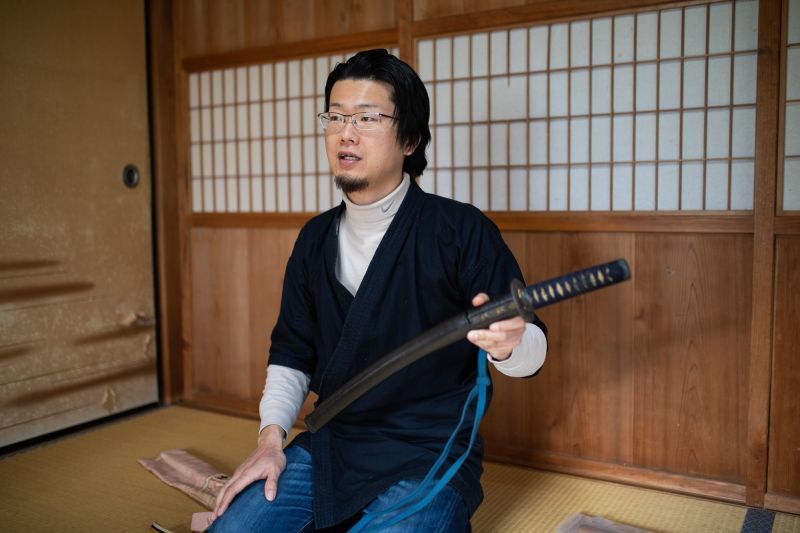
We visited Kenichiro Sumiya, a young swordsmith who has a workshop in the deep forest mountains of Kumano City, and were shown around his workshop while listening to his stories about sword making and the history of Japanese swords.
Written by Pete Leong
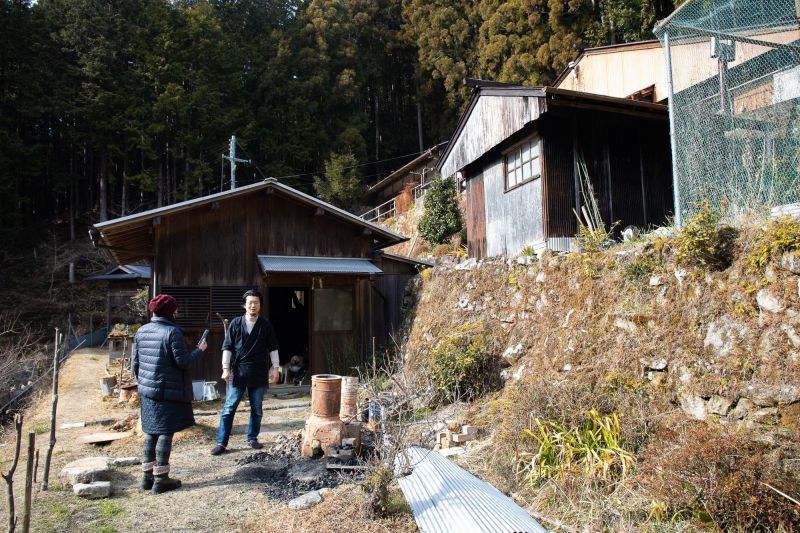
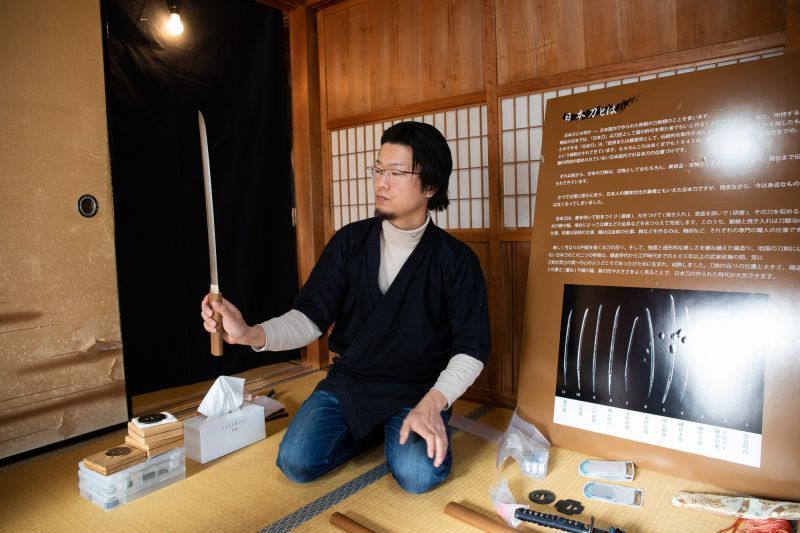
In order to make Japanese swords, it is necessary to get approval of the Agency for Cultural Affairs, and Mr. Sumiya is the only person who has this qualification in Higashi Kishu (southern part of Mie Prefecture). After graduating from high school, he trained for a total of four years at forges in Nara and Wakayama prefectures to get this qualification.
In 2010, he moved from Aichi Prefecture to Yunotani, Isato Town in Kumano City, where his grandmother's house is located, and began building his own workshop, which he completed in 2012. Mr. Sumiya works on his swords there.
He spent his childhood in China and Taiwan due to his parents’ work, and through this experience he became interested in traditional Japanese culture. He was struck by the beauty of the Japanese swords he saw at the Atsuta Shrine Museum in Aichi Prefecture and decided to become a swordsmith.
We sat down with Mr. Sumiya and asked him about the process of the making of swords.
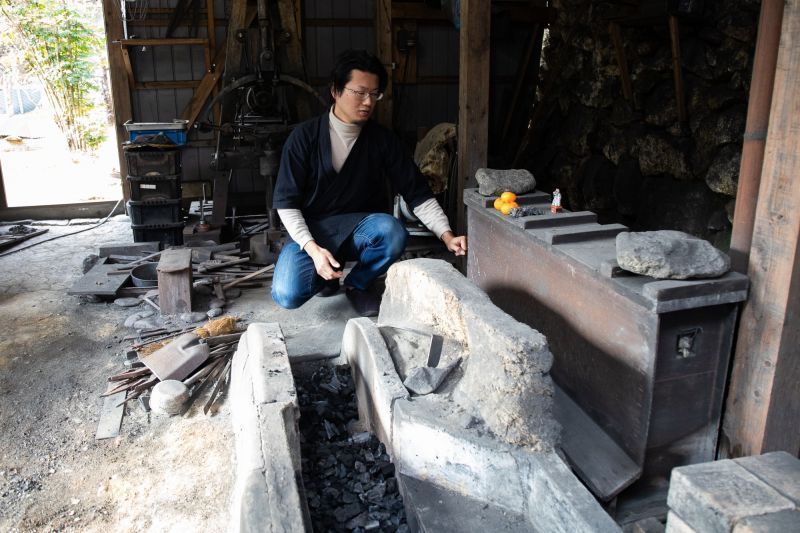
“The first step is to collect iron sand and forge it to make swords. Originally, I used to buy iron from an association, but I wanted to produce it by myself, so I started making tama-hagane (Japanese steel) by boiling iron sand in a tatara (traditional iron furnace),” he explained. After a lot of experimenting, he is now able to make iron that he is satisfied with to make quality swords.
According to his explanation, it takes one kilogram of iron to make one sword. If the quality of the iron sand is poor, it needs a lot of forging. So far, he has completed about ten swords, excluding the experimental models. It takes about two months to complete the full process for one sword.
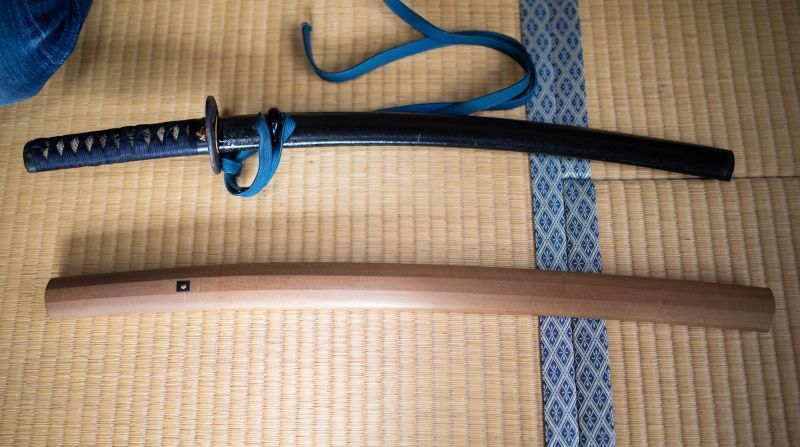
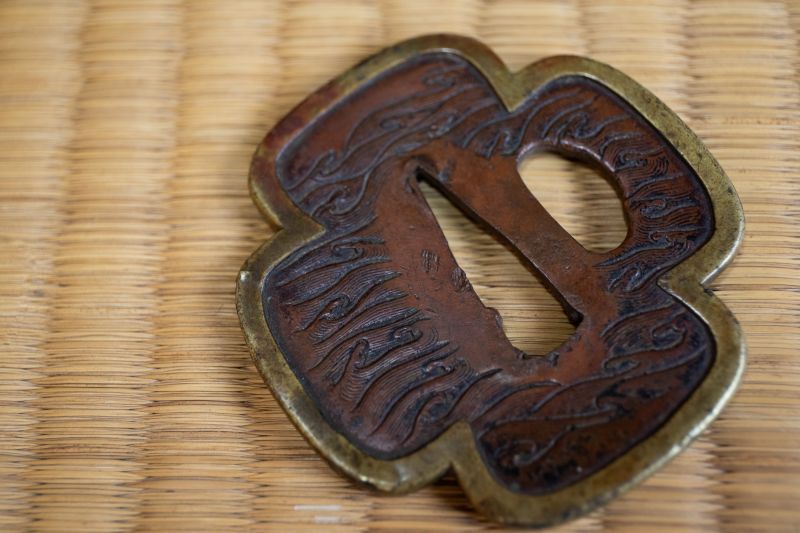
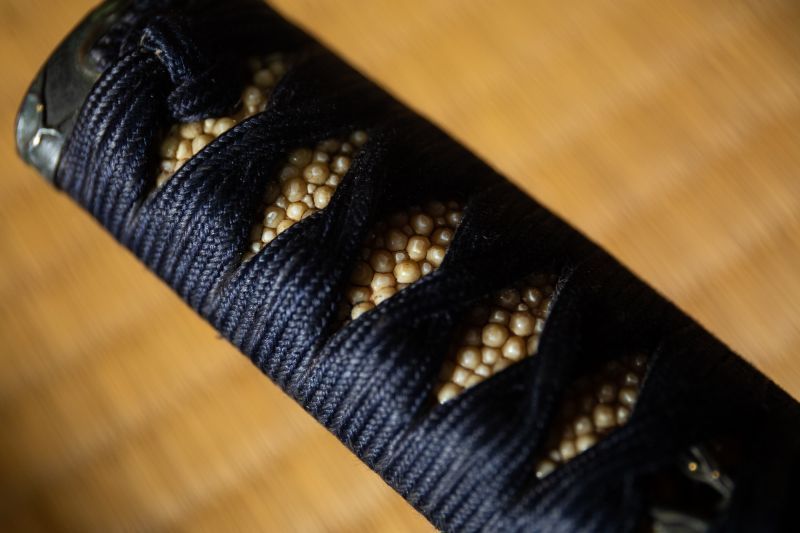
Mr. Sumiya brought out some old swords and handguards known as "tsuba" to show us some of the different patterns and designs used. He also explained how the inner part of the handle is made traditionally from a shark or ray skin.
My curiosity was what kind of people order Japanese swords these days. “Many people who like art order Japanese swords. Nowadays, there are many collaborations with anime and manga such as Rurouni Kenshin, Demon Slayer, and Neon Genesis Evangelion. I think it is important to appeal also to people outside of Japan so that they will be interested in Japanese swords, as I’m afraid Japanese sword culture cannot survive only in Japan,” Mr. Sumiya said.
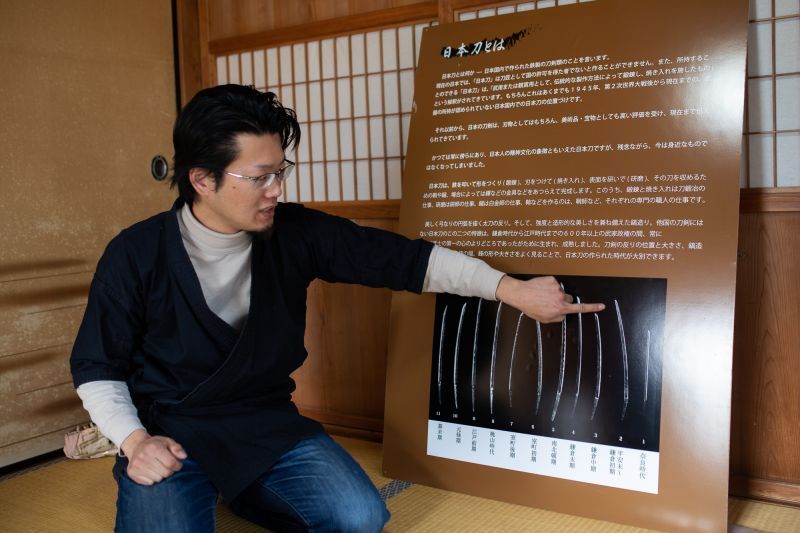
Shape: The curve and length of the sword indicate the period in which it was made.
Hamon (edge pattern): The shape of the ripples along a blade’s edge. The better the sword, the more patterns of ripples you can see.
Jigane (iron): As the iron is forged repeatedly, layers appear when it becomes the sword. The color also differs depending on where the sword is made. Good swords are beautiful and look soft despite being made of iron.
Mr. Sumiya also touched upon the relationship between the history of this region’s sword making and the Kishu Mine, an old mine in this region of Mie Prefecture. As the mine used to produce silver, copper, and iron, there has been a culture of swordsmithing since ancient times.
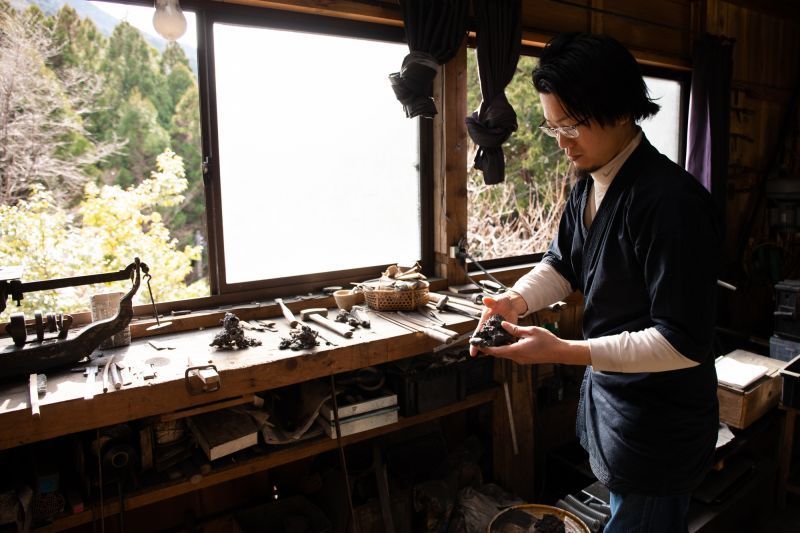
I have been fascinated with swords as well as an avid collector of them since around the age of 10, so it was an honor to finally see in person the methods for creating these real works of art.
654-1 Ido-cho, Kumano City, Mie
TEL: 0597-89-2229
Tour of the workshop
Fee: 1,200 yen per person
Foreign visitors are accepted when accompanied by an interpreter.
http://kumano-kankou.com/